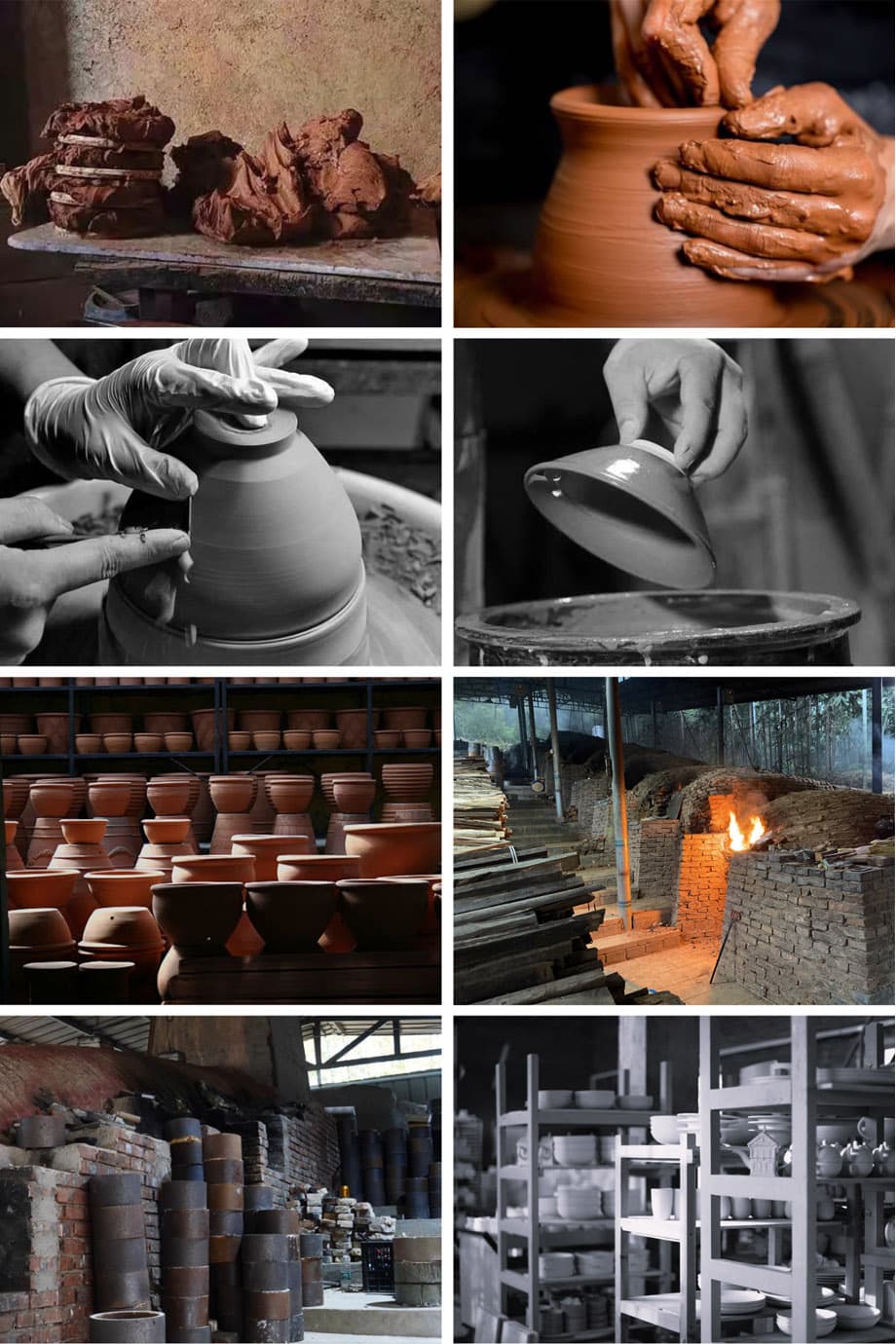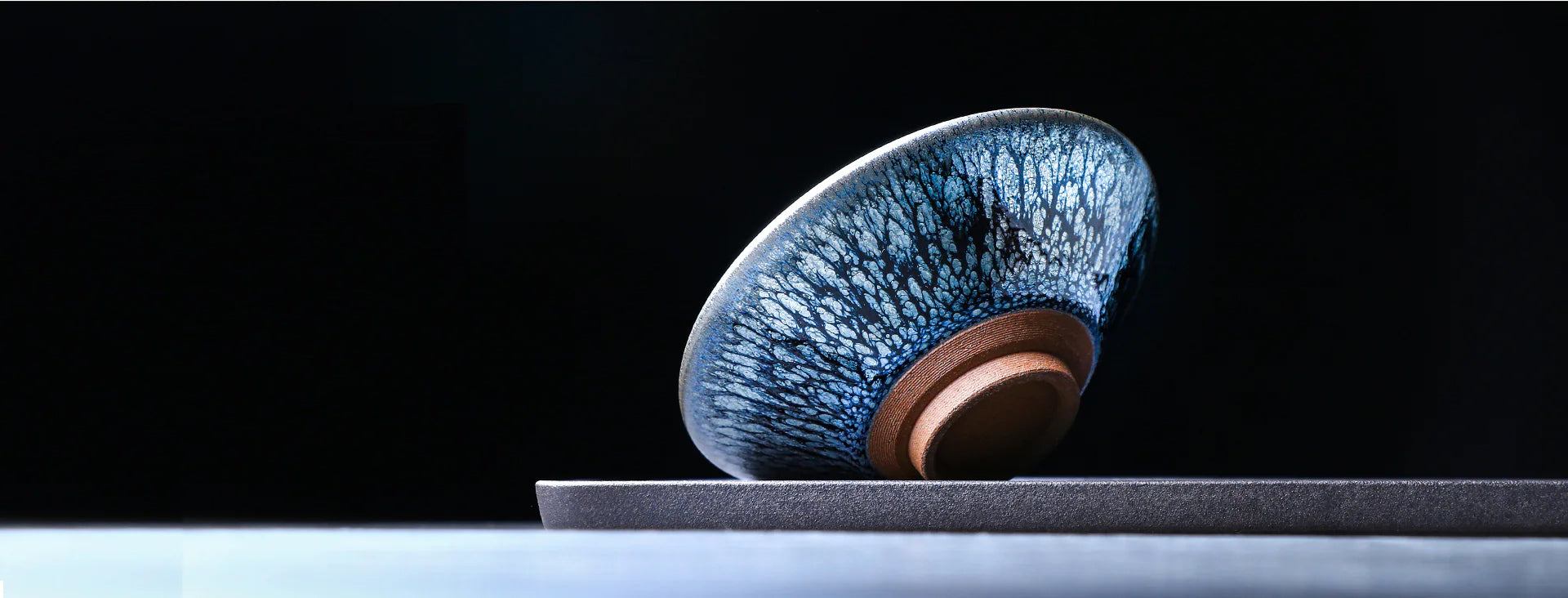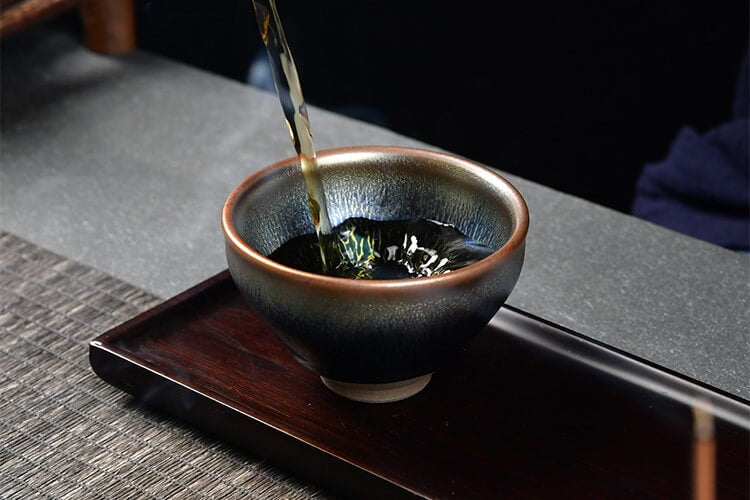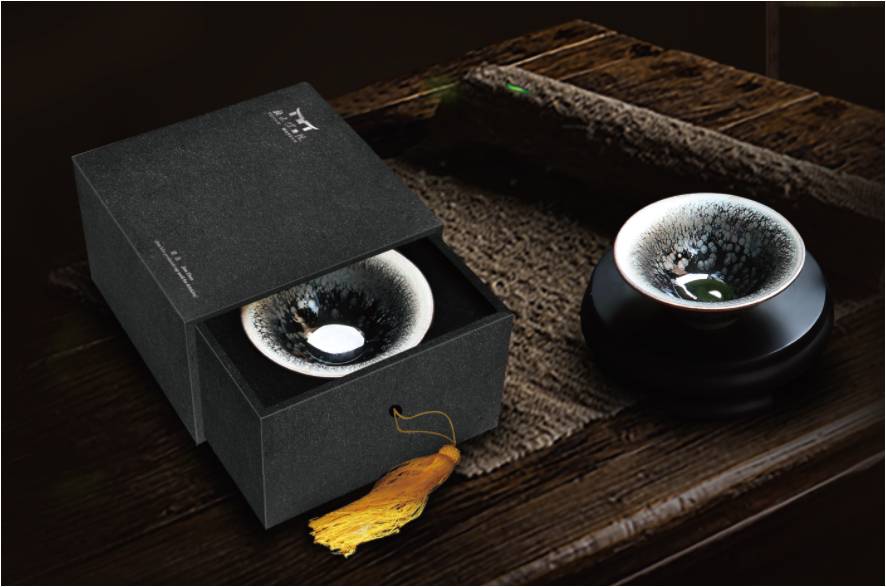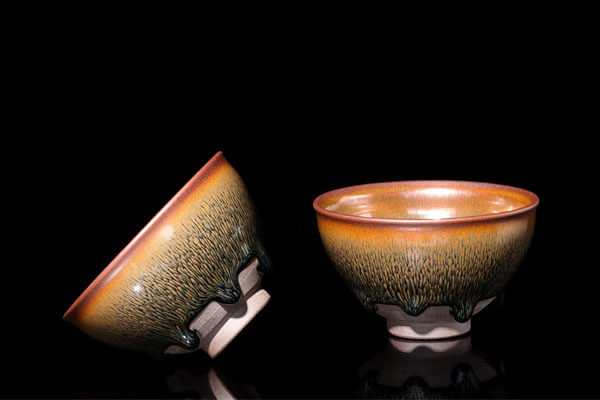2003 XiaGuan "T8653 - Xiao Fei Tie Bing" (Xiao Feitie - Small NeiFei) Iron Cake 357g Puerh Raw Tea Sheng Cha
Regular price$15.99
/
- Free shipping worldwide
- Tax and import charges included
- First order 10% Off, Code: TMK2025

The Origin of Xiao Feitie
The 2003 Xiao Feitie from Xiaguan is named so because its "Neifei" (inner ticket) is smaller, measuring 4cm x 4cm in a square shape, unlike the usual rectangular neifei found in most puerh teas, hence the name "Xiao Feitie" (Little Flying Iron).
This batch of tea is highly identifiable not only for its small neifei size but also for its unique printing style. At the top, there is the green trademark of "Eight Zhong Tea," and at the bottom, a line of black text indicating "Produced by Xiaguan Tea Factory of Yunnan Province."
03 Xiao Feitie uses the traditional "Eight Zhong Tea" label layout; it was one of the later batches of such packaging from Xiaguan Tea Factory before they switched to the Songhe (Pine Crane) brand packaging in 2004.
The tea cakes are stored in a dry warehouse, resulting in a high aroma, with a liquor that's bright orange-red. The aroma style differs from traditional Xiaguan teas, featuring a natural pine smoke scent. The liquor is thick, smooth, and rich, with good sweetness and mouthfeel, and aged honey notes seep into the soup, giving it strong tea energy.
Original Factory Packaging:
-
The original factory packaging is a large paper box containing 12 tubes of tea. The exterior of the box is printed with the tea name, factory, and production date.
-
Each tube contains 7 cakes, wrapped in Xiaguan's traditional kraft paper bags, keeping the tea clean and concentrating its aroma and energy.
Packaging Design:
-
On the 2003 Xiaguan Xiao Feitie cake wrapper, the "Yunnan Qizi Bingcha" has "Yun" in traditional Chinese characters, and the "seven" is stylized with a high leg. Words like "Guo," "Chan," and "Jin" at the bottom are also in traditional script, with the label "Yunnan Provincial Tea Company" instead of a branch company.
-
The printing on the wrapper is more modern, with ink that does not easily smudge, clear characters, and a bright red color, contrasting with the early Xiaguan iron cakes where ink would bleed, giving an oily texture.
Tea Leaf Appearance:
-
The leaf veins on the cake's surface are clear with straight edges, and the back shows prominent "milk nails" (a feature of Xiaguan iron cakes). The leaves are tightly rolled, shiny and oily. After 20 years of dry storage, the cake is slightly loose, making it easy to pry apart.
-
This tea does not use the customary Lincang tea leaves from Xiaguan but instead selects fine tea materials from Menghai, specifically transported to Xiaguan Tea Factory for production, resulting in a flavor profile that deviates from the traditional Xiaguan iron cake.
Taste of the Tea Liquor:
-
The tea liquor is bright orange-red, with an aroma style different from traditional Xiaguan teas, featuring a natural pine smoke scent. The taste is rich upon sipping, with good sweetness and mouthfeel, delivering a harmonious and delicate flavor with rich, enchanting layers.
-
By the middle stage of drinking, the tea liquor becomes clear and bright, accompanied by a slight, pleasant plum-like sour note. The sweetness and saliva production are persistent, with a noticeable fruit sweetness in the throat, delivering a robust tea energy and a continuous sweet aftertaste.
Evaluation: The 2003 Xiaguan Xiao Feitie has good storage quality with a rich and robust style, distinct from other Xiaguan teas of the same period. Over the years, as it has entered a stable transformation phase, its aroma has become more pronounced, the taste thicker and the sweetness long-lasting, gradually making it a sought-after collectible in the market.
Free shipping
Delivery Time:
Delivery time = Process time + Shipping time
1). Process Time:
Processing Time: 1-3 days
2). Shipping Time:
Standard Shipping: 8-15 business days.
Express Shipping: 5 -7 business days.
Some special countries will take more time. Learn more: Shipping Info.
Our Guarantee:
We accept returns within 30 days of receiving your package.
Learn more about our Return Policy.
























